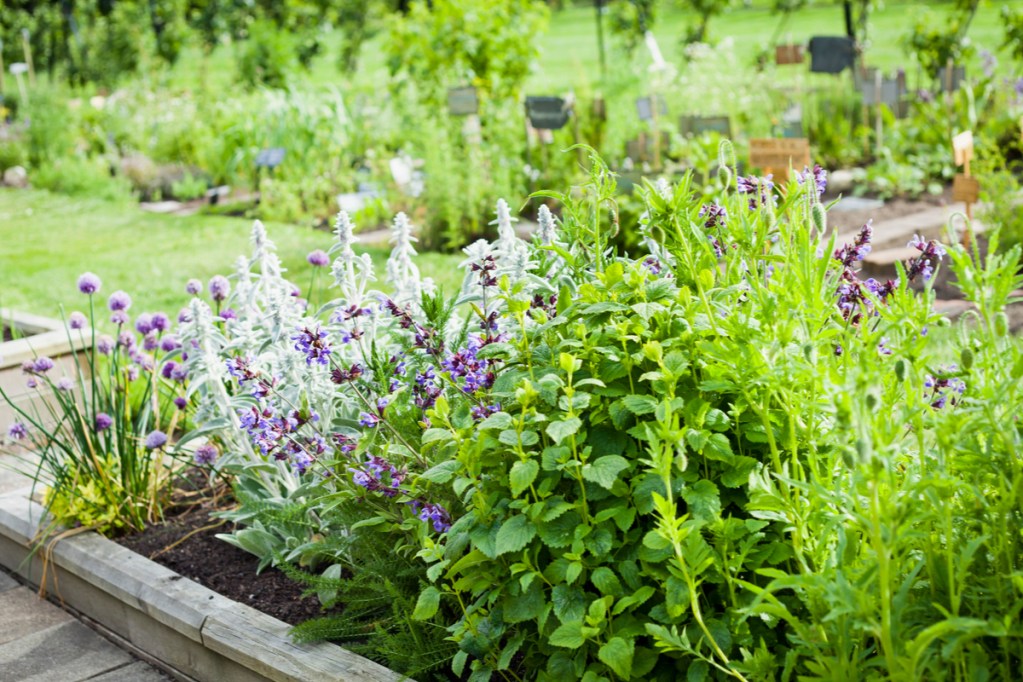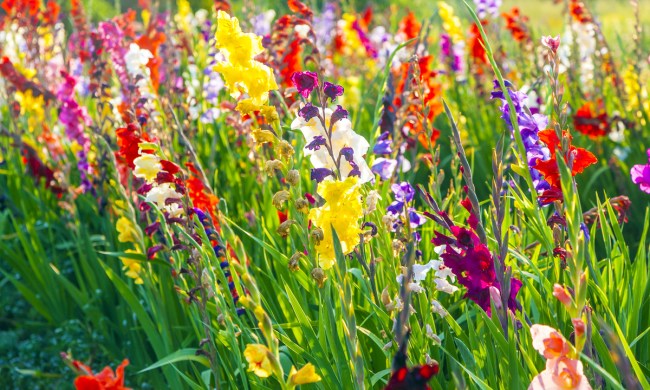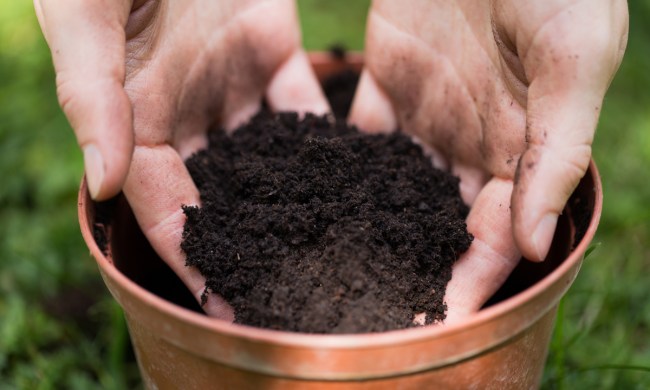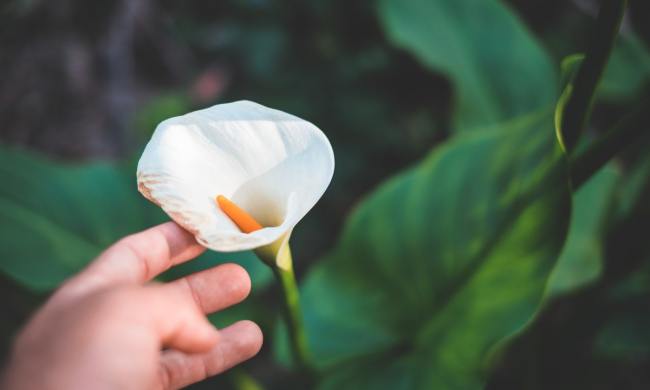There are so many useful and delicious herbs you can grow in your garden, but figuring out how to arrange them can be tricky. Companion planting charts can help you choose companion plants if you already have a few herbs picked out, but what if you aren’t sure where to start? This guide will help you decide what herbs can be planted together in your garden. The best companion plants have similar care requirements, so find the section that best matches your garden and get ready to plant.
Herbs for dry gardens
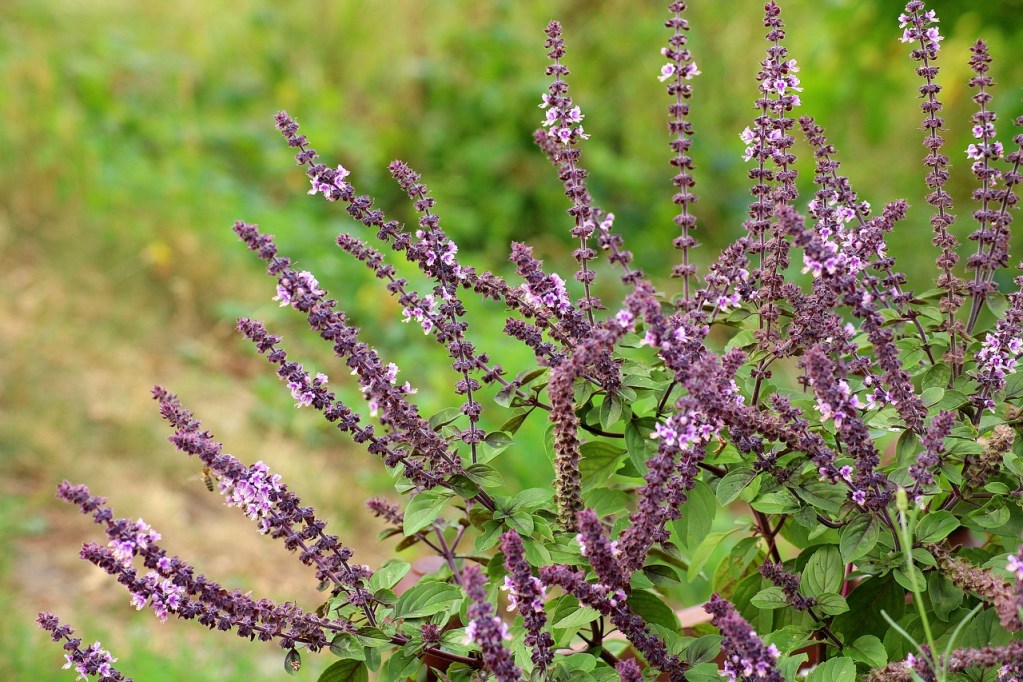
If the area you have set aside for your herb garden is in full or majority sun with dry or well-draining soil, then you’ll likely need some drought-tolerant herbs. Rosemary and lavender are two of the most commonly planted herbs for this type of garden, and luckily, they pair well with many other herbs. Oregano, sage, and thyme make excellent companion plants for each other, as well as both rosemary and lavender.
It helps that these herbs are also commonly used together in cooking! For a few less common additions, look for marjoram, chives, and lemon verbena. While they aren’t used as often as the other herbs in this category, they grow well together and are still useful to have on hand.
Herbs for wet soil
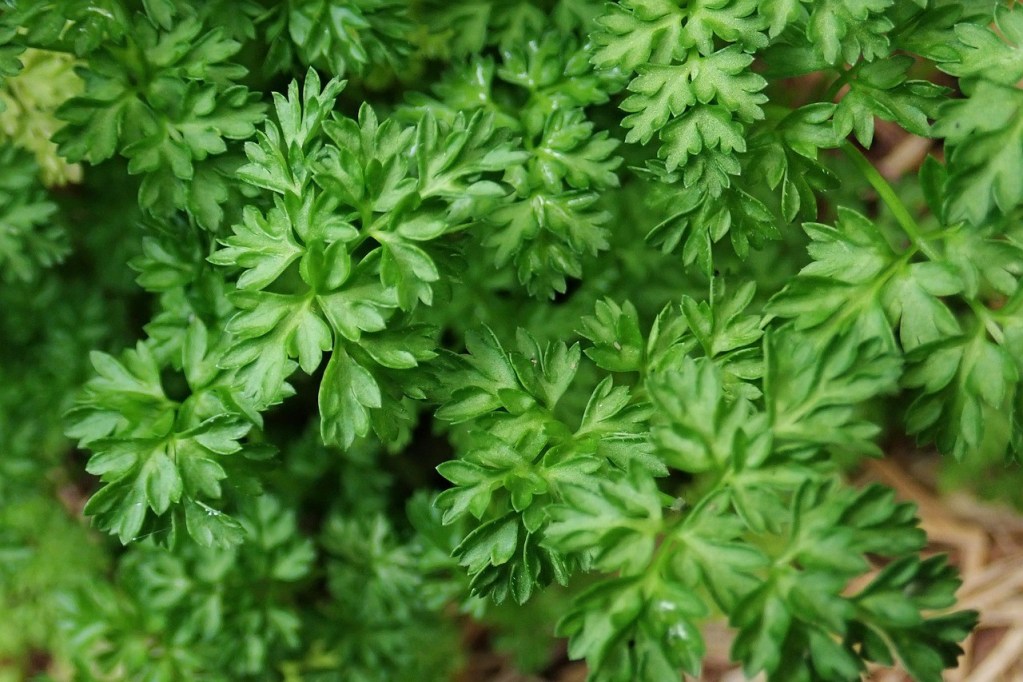
Wet soil can be tricky to plant in, but there are plants that enjoy it. So, what herbs can be planted together in soil that doesn’t drain quickly? Lemongrass is a great place to start. Not only is it tasty and useful, but this tropical plant needs lots of water and won’t balk at damp soil. You can grow it alongside bergamot, meadowsweet, and parsley.
If your soil is only mildly damp, consider sorrel, basil, and chervil for your herb garden. Parsley can grow with this group, as well. Take care with positioning your chervil. While the other herbs here enjoy full to partial sun, chervil does best in light shade. Placing it in the shade of a taller plant or toward the shadier side of your garden is a good idea.
Herbs that do best on their own
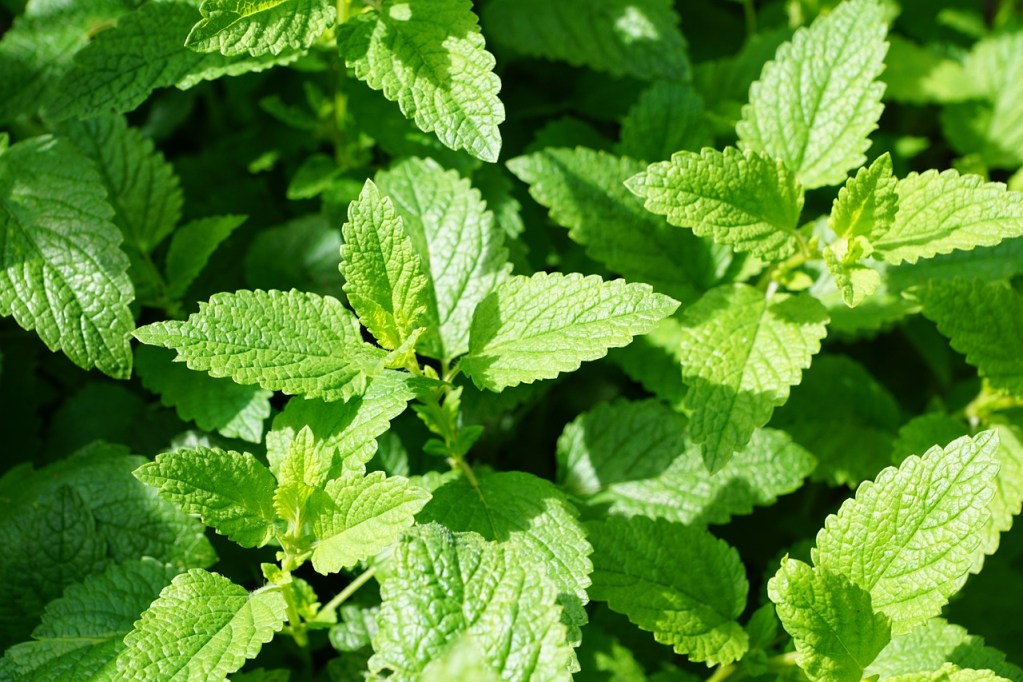
Now that you know what herbs can be planted together, it’s important to look at what herbs should be grown alone. Fennel is difficult to pair with other plants, as it stunts the growth of most other plants. However, you can grow fennel in containers. Most herbs that don’t play well with others cause problems by spreading rather than inhibiting growth.
Mint, tansy, yarrow, horseradish, comfrey, and lemon balm can all spread out of control and crowd other plants. While you can plant them with other herbs, they need to be monitored carefully so they don’t overwhelm your garden. However, growing them in containers, such as in a kitchen herb garden, is the most effective way to control their spread.
Hopefully, this guide to what herbs can be planted together has helped you start planning your next herb garden. As long as you know what each herb likes, you can usually predict which ones will pair well together. Keep in mind that if you choose an herb with vigorous growth, it could overrun your other herbs, so space your herbs accordingly. No matter the type or size of herb garden you’re planning, you’ll have a flavorful harvest before you know it.
